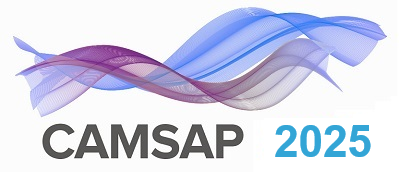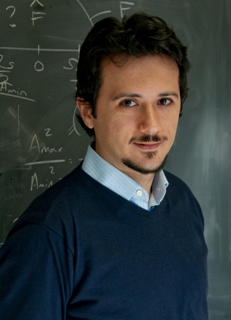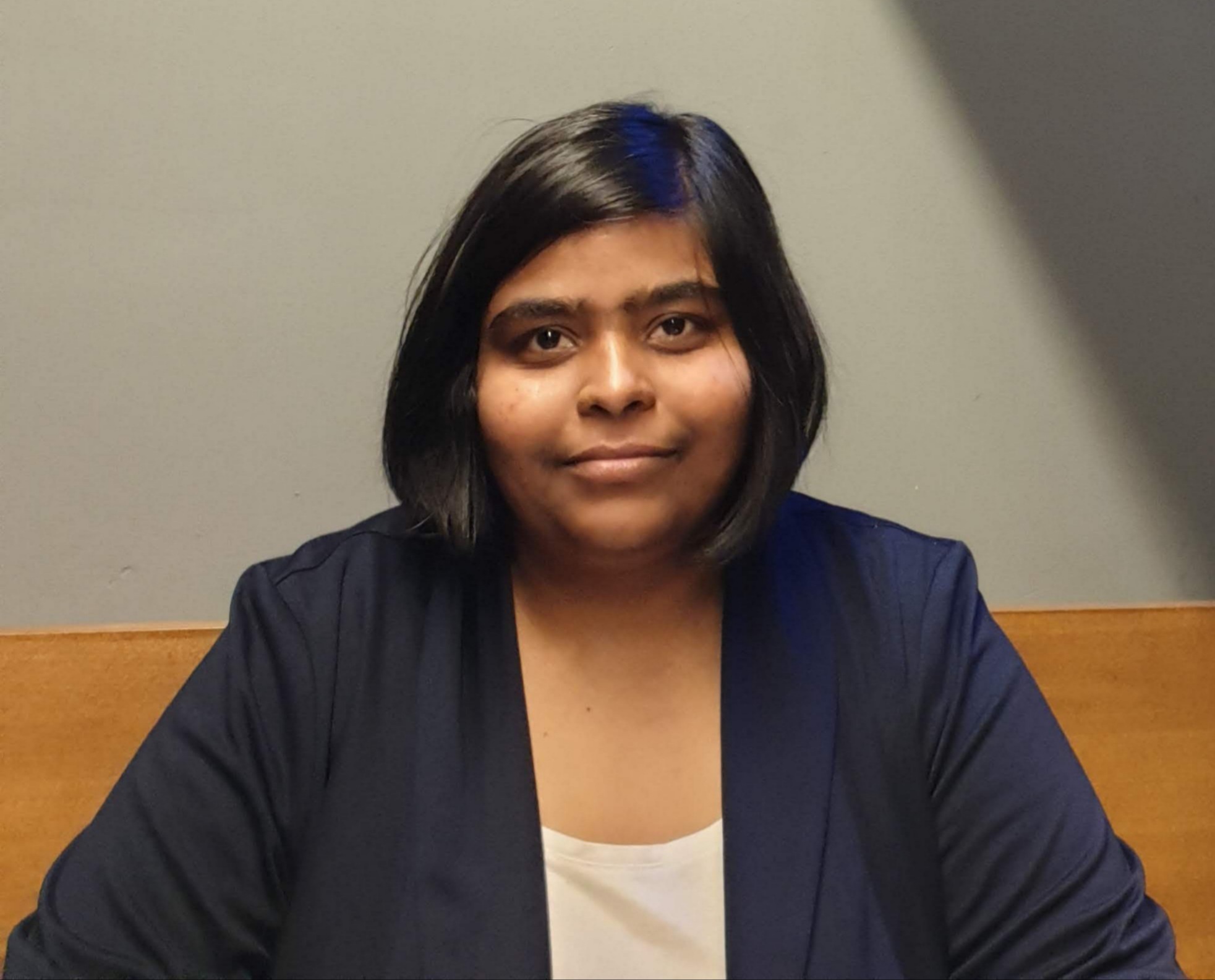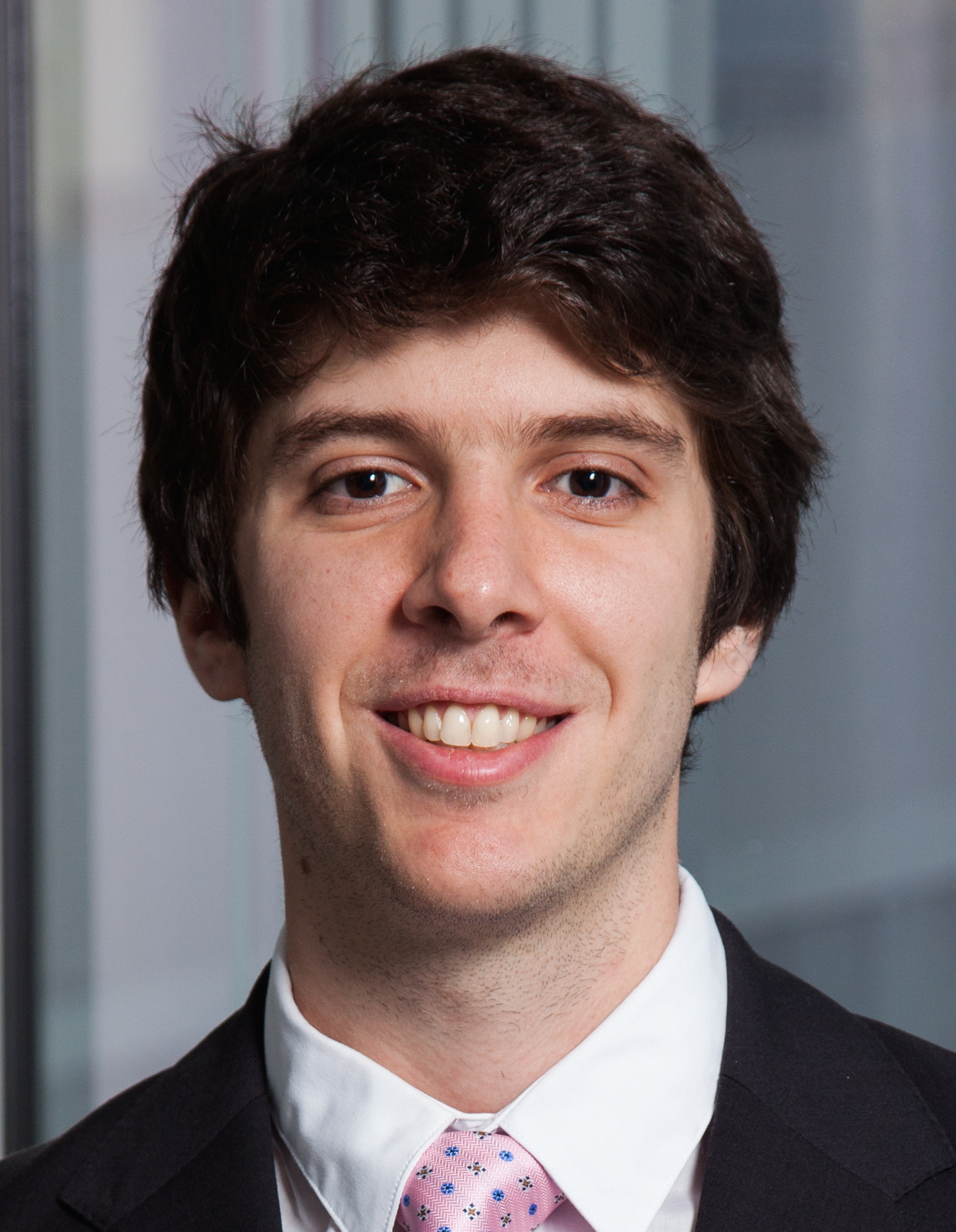Tutorials
There will be 3 tutorials at CAMSAP:
1. Training Neural Networks at Any Scale
Bios: Leena Chennuru Vankadara is currently a Lecturer at the Gatsby Computational Neuroscience Unit at UCL. Previously, she was an Applied Scientist at Amazon Research in Tuebingen, Germany. She graduated Summa Cum Laude from the International Max Planck Institute for Intelligent Systems with a Ph.D. in Theory of Machine Learning (2022). She received her Masters (top 0.1%) from the University of Hamburg (2018). Her research interests lie in theoretical aspects of Machine Learning across topics such as theory of scaling, understanding generalization and learning dynamics in deep learning, and building reliable and trustworthy ML models. Her work has been published in top-tier ML conferences (ICLR, NeurIPS, ICML, AISTATS, UAI), ML and Statistics journals (JMLR, MSL).
Volkan Cevher received the B.Sc. (valedictorian) in electrical engineering from Bilkent University in Ankara, Turkey, in 1999 and the Ph.D. in electrical and computer engineering from the Georgia Institute of Technology in Atlanta, GA in 2005. He was a Research Scientist with the University of Maryland, College Park, from 2006-2007 and also with Rice University in Houston, TX, from 2008-2009. He was also a Faculty Fellow in the Electrical and Computer Engineering Department at Rice University from 2010-2020. Currently, he is an Associate Professor at the Swiss Federal Institute of Technology Lausanne and an Amazon Scholar. His research interests include machine learning, signal processing theory, optimization theory and methods, and information theory. Dr. Cevher is an IEEE Fellow ('24), an ELLIS fellow, and was the recipient of the ICML AdvML Best Paper Award in 2023, Google Faculty Research award in 2018, the IEEE Signal Processing Society Best Paper Award in 2016, a Best Paper Award at CAMSAP in 2015, a Best Paper Award at SPARS in 2009, and an ERC CG in 2016 as well as an ERC StG in 2011.
Volkan Cevher received the B.Sc. (valedictorian) in electrical engineering from Bilkent University in Ankara, Turkey, in 1999 and the Ph.D. in electrical and computer engineering from the Georgia Institute of Technology in Atlanta, GA in 2005. He was a Research Scientist with the University of Maryland, College Park, from 2006-2007 and also with Rice University in Houston, TX, from 2008-2009. He was also a Faculty Fellow in the Electrical and Computer Engineering Department at Rice University from 2010-2020. Currently, he is an Associate Professor at the Swiss Federal Institute of Technology Lausanne and an Amazon Scholar. His research interests include machine learning, signal processing theory, optimization theory and methods, and information theory. Dr. Cevher is an IEEE Fellow ('24), an ELLIS fellow, and was the recipient of the ICML AdvML Best Paper Award in 2023, Google Faculty Research award in 2018, the IEEE Signal Processing Society Best Paper Award in 2016, a Best Paper Award at CAMSAP in 2015, a Best Paper Award at SPARS in 2009, and an ERC CG in 2016 as well as an ERC StG in 2011.
At the heart of deep learning's transformative impact lies the concept of scale-encompassing both data and computational resources, as well as their interaction with neural network architectures. Scale, however, presents critical challenges, such as increased instability during training and prohibitively expensive model-specific tuning. Given the substantial resources required to train such models, formulating high-confidence scaling hypotheses backed by a rigorous theoretical research has become paramount. The first part of the tutorial will provide an overview of significant advances in the theory of scaling in deep learning, covering its historical foundations, recent breakthroughs, and practical implications for training large-scale models. To bridge theory and practice, the tutorial explores another key mathematical ingredient of scaling: the numerical solution algorithms commonly employed in deep learning, spanning domains from vision to language models. We unify these algorithms under a common master template, making their foundational principles transparent. In doing so, we reveal the interplay between adaptation to smoothness structures via online learning and the exploitation of optimization geometry through non-Euclidean norms. Our exposition moves beyond simply building larger models--it emphasizes strategic scaling, offering insights that promise to advance the field while economizing on resources.
2. Tensor Decompositions and Deterministic Blind Signal Separation
Bio: Lieven De Lathauwer is Full Professor at KU Leuven, Belgium, affiliated with both the Group Science, Engineering and Technology of Kulak (where he is academic coordinator Data Science and AI), and with the STADIUS division of the Electrical Engineering Department (ESAT). His research concerns the development of tensor tools for mathematical and electrical engineering. This interdisciplinary work centers on the following axes: (i) algebraic foundations, (ii) numerical algorithms, (iii) generic methods for signal processing, data analysis, system modelling and machine learning, and (iv) concrete applications in (biomedical) signal processing, material sciences, telecommunication, and other fields. Algorithms have been made available as Tensorlab (www.tensorlab.net). Further, Tensorlab+ is a reproducible research repository for tensor computations (www.tensorlabplus.net). He (co-)chaired Workshops on Tensor Decompositions and Applications (TDA 2005, 2010, 2016). He was a co-recipient of the IEEE SPS Signal Processing Magazine Best Paper Award in 2018 and a co-recipient of the IEEE SPS Donald G. Fink overview paper award in 2023. He is Fellow of IEEE (2015), Fellow of SIAM (2017) and Fellow of EURASIP (2019).
Over the years, higher-order tensors have become increasingly important in signal processing, data analysis, and related fields. One of the key reasons for this success is that tensors offer tools for blind signal separation that have no equivalent in matrix-based methods. In particular, the Canonical Polyadic Decomposition (CPD)--the decomposition into rank-1 terms--is unique under relatively mild conditions, enabling the unambiguous recovery of underlying data components. Block Term Decompositions (BTD) build on this success by allowing the unique recovery of components that are not necessarily rank-1. Blind source separation often involves data that is initially represented as a matrix. A first step is therefore to construct a meaningful tensor from the available data. In the context of Independent Component Analysis (ICA), this tensor is typically derived by estimating higher-order statistics or a collection of second-order statistics. The rank-1 structure arises from the assumed statistical independence of the source signals. Statistics and statistical independence are not the only means of deriving a tensor from the given data. Constant modulus is one example of a deterministic property that can be exploited for this purpose, as demonstrated in the Analytical Constant Modulus Algorithm (ACMA). In this tutorial, we will explore several alternative properties that can be leveraged for deterministic blind source separation. One such property is exponential polynomial structure: if signals can be approximately modeled as sums and/or products of exponentials, sinusoids, and/or polynomials, this structure can serve as a basis for blind separation. In this case, the tensor is (implicitly) derived from a Hankel representation. Rational function-type structure can also enable blind separation, with the corresponding tensor (implicitly) derived from a Loewner representation. In large-scale settings, segmentation (or quantization) may be employed. We will highlight several (often hidden) properties of time series that can be translated into low-rank structure. Although the exposition is grounded in solid mathematical principles, the emphasis will be on clarifying the reasoning behind the techniques and building intuition. The discussion of foundational topics such as CPD will include recent developments, such as uniqueness results in noisy settings. Concepts will be illustrated through use cases and application examples.
3. Graph-based Machine Learning for Wireless Communications
Bio: Santiago Segarra received the B.Sc. degree in Industrial Engineering with highest honors (Valedictorian) from the Instituto Tecnologico de Buenos Aires (ITBA), Argentina, in 2011, the M.Sc. in Electrical Engineering from the University of Pennsylvania (Penn), Philadelphia, in 2014 and the Ph.D. degree in Electrical and Systems Engineering from Penn in 2016. From September 2016 to June 2018, he was a postdoctoral research associate with the Institute for Data, Systems, and Society at the Massachusetts Institute of Technology. He joined Rice University in 2018 as an Assistant Professor and, since July 2024, Dr. Segarra is a W. M. Rice Trustee Associate Professor in the Department of Electrical and Computer Engineering at Rice University. Dr. Segarra received the 2020 IEEE Signal Processing Society Young Author Best Paper Award, and six best conference paper awards.
As communication networks continue to grow in scale and complexity, traditional approaches to network design and operation are becoming inadequate. Machine learning (ML) has garnered significant attention for its potential to complement conventional mathematical models in the capabilities of describing complex wireless systems and deriving computationally efficient solutions. However, standard ML methods, such as multi-layer perceptrons (MLPs) and convolutional neural networks (CNNs), struggle to effectively leverage the underlying topology of communication networks, causing significant performance degradation as network size increases. Graph neural networks (GNNs) emerge as a promising ML approach that has gained surging interest within the ML community. GNNs excel when dealing with large network scales and dynamic topologies, outperforming MLPs and CNNs in such scenarios. This timely tutorial provides a gentle introduction to GNNs and explores recent approaches for applying them to solve classical problems in wireless communications and networking, including power allocation, beamforming, link scheduling, and routing. The emphasis will be on how GNNs can augment, rather than replace, existing solutions to these problems. The goal of the tutorial is to foster further research and exchange between the communications, ML, and signal processing communities and to inspire applications of ML in fields that will further advance wireless communications.






